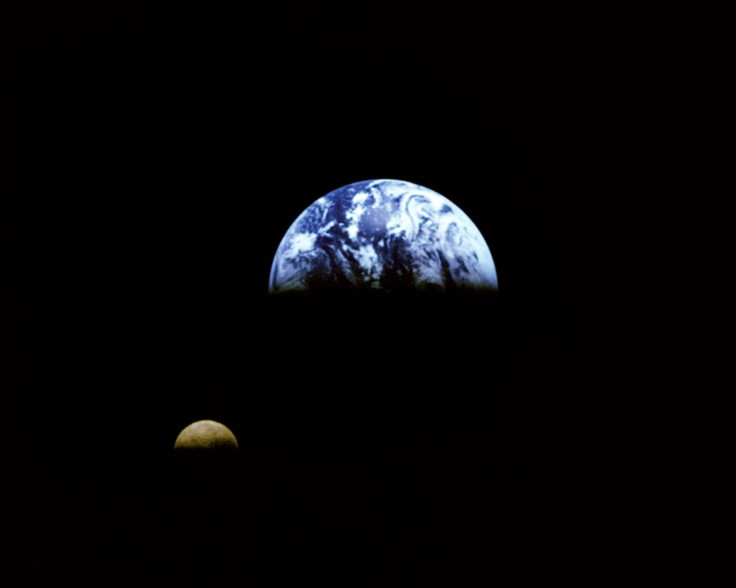Chandrayaan-2: India's Moon Mission Launch Scrubbed Because Of Technical Snag
The Indian Space Research Organization (ISRO) called off the launch of its second lunar mission, Chandrayaan-2 less than an hour before the scheduled takeoff due to a technical snag in the launch vehicle.
Officials took to Twitter to reveal that as a measure of precaution, Chandrayaan-2 launch has been called off.
India’s second lunar mission, the $142 million Chandrayaan-2 is believed to be the country’s most ambitious and complex space expedition. This mission will undoubtedly place India with nations in the modern space race - United States, China and Russia.
A technical snag was observed in launch vehicle system at 1 hour before the launch. As a measure of abundant precaution, #Chandrayaan2 launch has been called off for today. Revised launch date will be announced later.
— ISRO (@isro) July 14, 2019
Reports say that a successful Chandrayaan-2 will make India the fourth country behind the US, Russia and China to perform a ‘soft’ or controlled landing on the moon. Earlier in the year, China had successfully launched the Chang’e-4 lunar probe. Israel’s Beresheet failed touchdown as it crashed on the Moon in April.
According to Space.com, the ISRO’s new lunar mission will use an orbiter to study the moon from above, but will also drop a lander and rover to touch down at the south pole, something which other space agencies haven’t done yet. Experts say that the moon’s south pole is a tantalizing target for scientists as the region’s permanently shadowed craters can host water ice, which is a vital resource for future astronauts.
Earlier reports had stated that India is using a powerful rocket, the Geosynchronous Satellite Launch Vehicle Mark III (GSLV MkIII). The BBC said that it weighs 640 tonnes, about 1.5 times the weight of a fully-loaded 747 jumbo jet, and stands at 44 meters which is about the same height as a 14-storey building.

ISRO chief, K. Sivan said the lander named Vikram, weighs about half as much, carries within its belly a 27 kg Moon rover with instruments to analyze the lunar soil. Sivan said the rover, Pragyan can travel up to half a kilometer from the lander. “It will send data and images back to Earth for analysis,” he said.
© Copyright IBTimes 2025. All rights reserved.





















